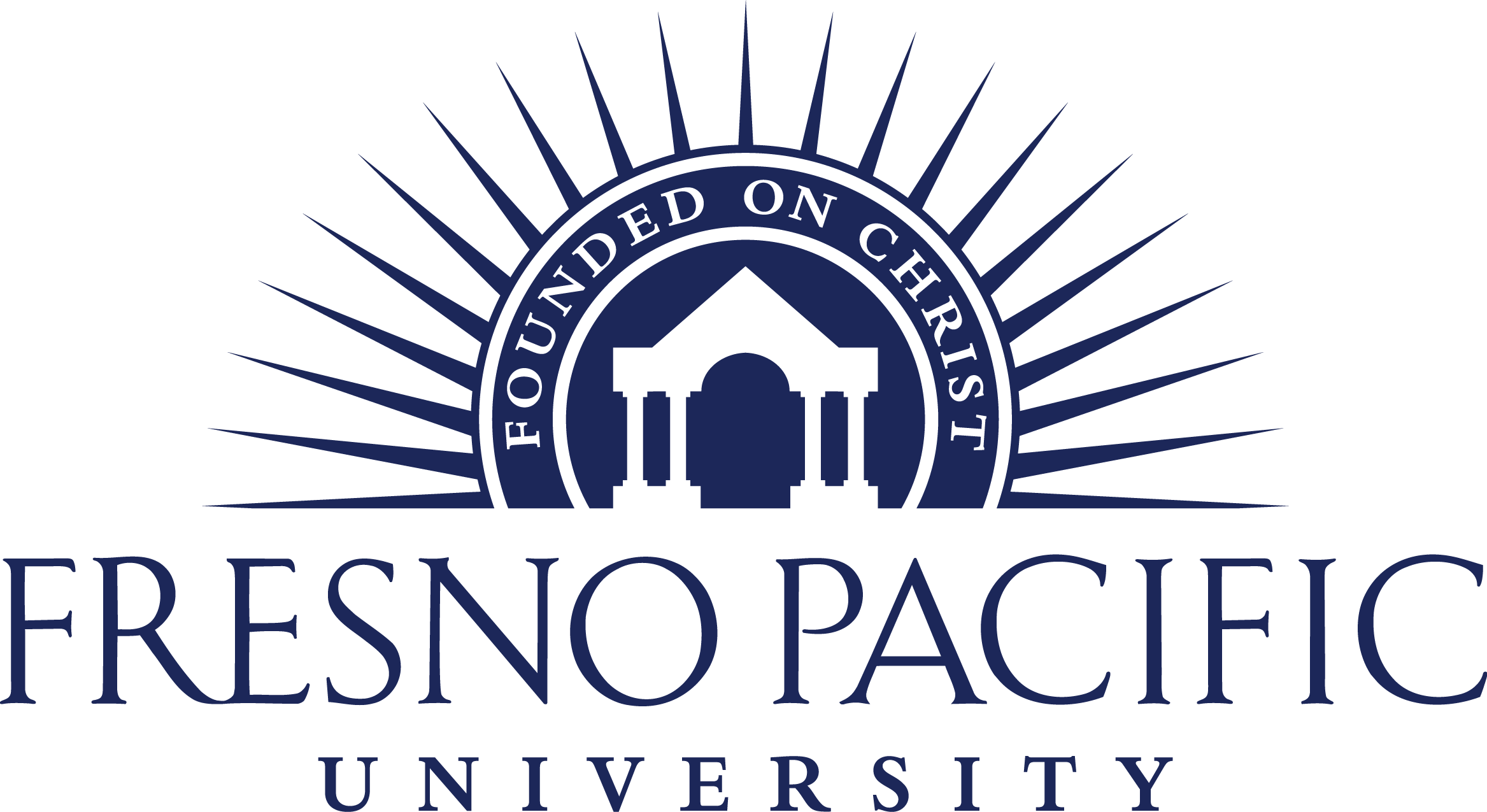Teacher Clarity for Hybrid Learning
Learning Activity
Clear answers to these three questions can potentially double the rate of learning in our students ( www.visiblelearningmetax.com ):
- What are we learning? is developed and communicated through our learning intentions.
- Why are we learning this? is conveyed through task design and conversations with students.
- What does success look like? is represented by the success criteria.
In the ebook, The Quick Guide to Simultaneous, Hybrid, and Blended Learning (2021), Douglas Fisher, Nancy Frey, John Almarode, and Aleigha Henderson-Rosser reinforce what we know about Teacher Clarity in this passage, "As always, planning for clarity begins with analyzing the standards and identifying the essential knowledge, skills, and understandings associated with the specific topic or content. Again, identifying the nouns or concepts, analyzing the verbs or skills, and developing learning progressions is not new. But, once we have developed our learning progressions, this is where the work of planning for simultaneous learning takes a path that is a bit different from clarity conversations in the other learning environments. In addition to answering the three questions from above, developing learning intentions and success criteria, we now have to consider where specific learning will take place (e.g., in the classroom or outside of the classroom) and how we will communicate that to our learners across those different contexts."
They go on to explain, "Simply posting the learning intention and success criteria will not be enough for communicating clarity around complex concepts, skills, and understandings."
- I can statements: This approach is the most popular but may not always be the most effective means of implementation. I can statements are explicit and direct statements about what, why, and how for simultaneous learners.
- We can statements: These explicit and direct statements take a collaborative view on learning. Rather than what individual learners must do, this form of clarity highlights the value of collective learning and what learners and teachers are expected to do together. This can include Google Docs, Jamboard, or breakout rooms.
- Checklists: While not a recipe or collection of agenda items, checklists provide the essential components of the learning intention. In some cases, checklists are presented in the form of questions that encourage self-reflection, self-monitoring, and self-evaluation during simultaneous learning.
- Holistic/analytic rubrics: Rubrics provide learners with the expectations for process, task, or product along with descriptions of the level of quality for each expectation.
- Single-point rubrics: Rather than different levels of quality, a single-point rubric provides the expectations for mastery in a process, task, or product. In other words, only a single level of quality for each expectation.
- Teacher modeling: Helping learners understand expectations for learning can come from us modeling the content, practices, and dispositions. This modeling would allow learners to see the learning in action. Learners would use the model to guide their own work toward the learning intention.
- Exemplars: We can provide worked examples and/or exemplars of processes or finished tasks or products. Worked examples would provide a comparison for learners to use in their own work, while exemplars would possess all of the expectations for success and truly be a model for their learning path.
- Student created: The final way to implement clarity is by co-constructing those expectations with learners. The process of co-constructing is a collaborative effort between teachers and students as they set the criteria for success before engaging in the work.
Resources
If you'd like to look at an excerpt of this eBook, with examples from Fisher & Frey, click here
More Hybrid Learning Activities
Quickly deploy Hybrid Learning lessons to your entire district.
Top districts trust Alludo to train teachers and staff





